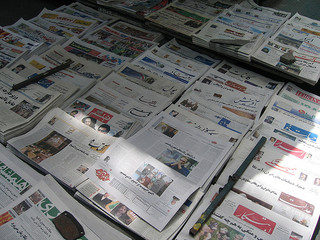Press photographers
/Former fleet street legendary picture editor Ron Morgans has just posted a quote from the well respected legendary Editor Sir David English. Roy Greenslade take note: Here's what the late, great Sir David English, who created the modern Daily Mail, had to say about newspaper photographers.
" Press photographers are a strange breed. Moody, enthusiastic, temperamental, excitable, humorous, self-deprecating . They are in many ways the most interesting collection of people to be found on any national newspaper. More interesting frequently than the star bylined writers. More interesting than the gossip columnists with their fund of inside chatter. More interesting even than the showbiz kings with their stories of rubbing shoulders with the great and their `all life´s a cocktail party´ philosophy. Photographers are the shock troops of journalism. They cannot muse. They cannot pontificate. They cannot sit in the office and get their stories by telephone. Nor do they pick up their scoops over lunch. They have to be where the action is. They have to be there! "
Related articles












